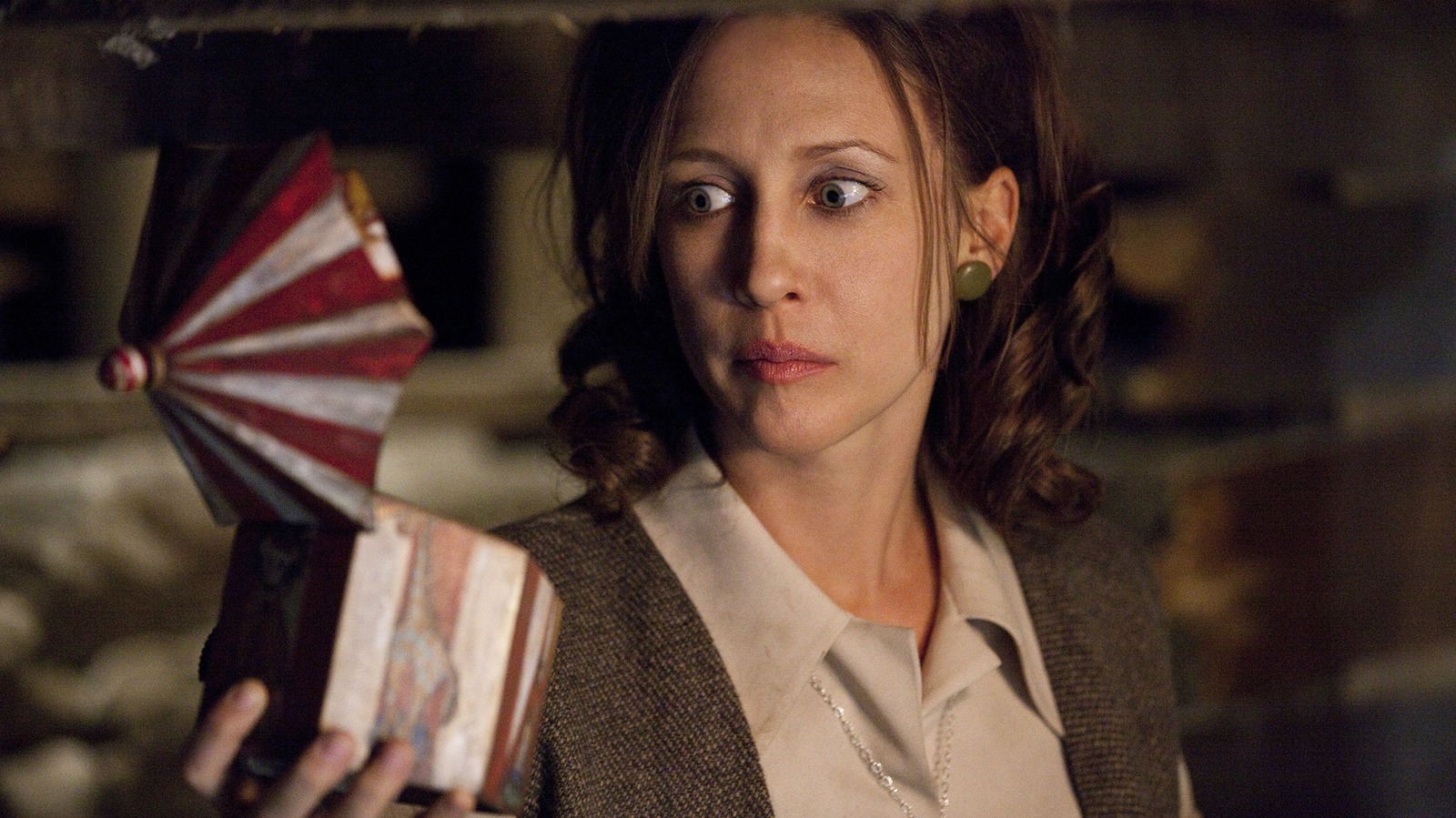Celebritiy
Top 5 Horror Movies with No Deaths

The 5 Best Horror Films That Don’t Feature Any Fatalities
Is it true that every horror movie out there has a body count? Surprisingly, the answer is no. While many films in this genre thrive on the grim reality of death, some stand out by building a sense of dread without actually killing off any characters. For every film filled with relentless bloodshed, like John Carpenter’s “The Thing” or George A. Romero’s “Night of the Living Dead,” which starkly illustrate a world devoid of survivors, there are others that create terror through mood, atmosphere, and psychological horror.
Let’s delve into five notable horror flicks that maintain their fright factor while ensuring none of their characters meet their demise. While viewers often bring up the iconic “The Blair Witch Project,” I’ve steered away from that specific film due to its strongly suggested offscreen deaths. Instead, here are five films that rely on atmosphere rather than fatalities to keep you on the edge of your seat.
5. Flatliners (1990)
Directed by Joel Schumacher, “Flatliners” intriguingly revolves around the concept of experiencing death without actually killing any characters. This film captures the anxiety of med students who push the limits of their understanding of life and death. Kiefer Sutherland’s character, Nelson, urges his peers to revive him after a brief flatline, aiming to uncover secrets about the afterlife. As they navigate their fears, the results are captivatingly chilling. Each character is faced with their haunting past as the film skillfully explores guilt and the psychological ramifications of their actions, creating a tension-filled experience that lingers throughout.
4. The Others (2001)
“The Others,” set in the eerie landscape of 1945, offers a masterful ghost story led by Nicole Kidman as Grace. Living with her light-sensitive children, Grace contends with strange occurrences in her Gothic mansion. The film heightens tension as she hires three caretakers, and the ensuing supernatural happenings spiral into a beautifully woven narrative. While there are implications of past deaths, the film cleverly plays with the idea of existence, culminating in a twist that reveals much about the characters’ realities. The suspenseful approach and unexpected finale solidify its position as a standout horror movie.
3. Poltergeist (1982)
Undoubtedly a classic, “Poltergeist” merges heartwarming family dynamics with supernatural encounters. Though directed by Tobe Hooper and shaped by Steven Spielberg’s vision, this film centers on the Freelings and their battle against a poltergeist that disrupts their idyllic suburban life. This narrative carries an emotional weight, examining the lengths a family will go to protect one another. The spine-tingling atmosphere, combined with moments of genuine threat, keeps viewers captivated without resorting to actual fatalities. The film concludes on a hopeful note, offering a resolution that resonates deeply.
2. The Conjuring (2013)
James Wan’s “The Conjuring” reinvigorated possession horror with its unique combination of emotional elements and traditional scares. Following the Perron family, who encounter demonic forces in their new home, the film expertly balances fright with heartfelt moments. While a pet does perish, the film maintains a focus on human resilience and the bonds of family, showcasing Ed and Lorraine Warren’s struggles against paranormal threats. The chilling narrative is complemented by masterfully built tension, ensuring that the horror feels both profound and grounding without any permanent loss of human life.
- Signs (2002)
Set against a backdrop of extraterrestrial panic, “Signs” follows Graham Hess, played by Mel Gibson, as he grapples with the loss of his wife and the challenges of faith. M. Night Shyamalan crafts an atmosphere filled with suspense and emotional depth. The narrative is propelled by the struggles of the Hess family as they contend with both grief and impending alien threats. While the film reveals a tragic event from the past, it skillfully navigates the present without leading to any additional deaths. With a powerful and uplifting conclusion, “Signs” explores themes of love, hope, and the connection between humanity and the unknown, showcasing the power of perseverance in times of crisis.
In summary, these films triumph in creating fear and tension without resorting to death, proving that horror can be executed effectively through atmosphere, psychological depth, and emotional stakes.
